In this post, learn how beef fat can be rendered to make a nutritious, multi-purpose cooking oil. This process is quick and simple, requiring only a few minutes of prep and some leftover animal fat (beef, pork, etc).
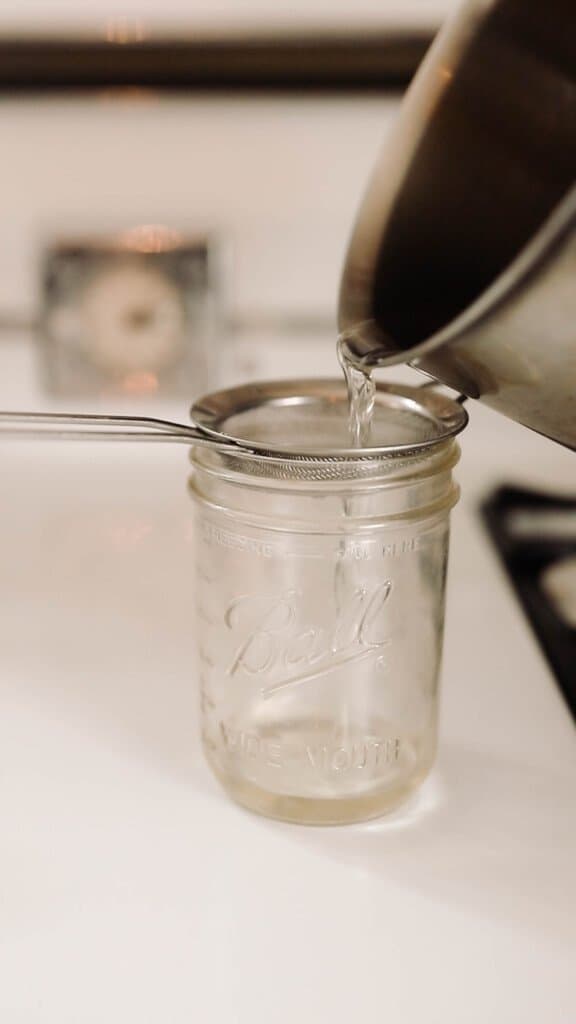
Each year, we order our meat in bulk and purchase 1/2 of a grass-fed cow. With that order, we end up with a lot of steaks in the freezer. While that sounds fancy, we generally get what the butcher gives up. You can put in some requests, but you always get a wide variety of cuts.
This actually is my preferred way, because we end up saving a lot of money. I also love that we will always have meat on hand to make our family favorite meals like burritos with homemade tortillas, pumpkin chili, stuffed bell peppers, shepherd’s pie, and homemade hamburger helper, just to name a few.
One tricky part of purchasing our meat like this is that you may end up with cuts you aren’t quite as familiar with. This doesn’t bother me, because I love a good cooking challenge.
And when that delicious beef has chunks of fat on it, well, save it for rendering. You already paid for that good quality meat – you might as well get the most out of it!
With a little prep work and some slow cooking, you can make a delicious and healthy oil for cooking or baking.
Rendered beef fat is called tallow, and it is delicious, sustainable, economical, and healthy!
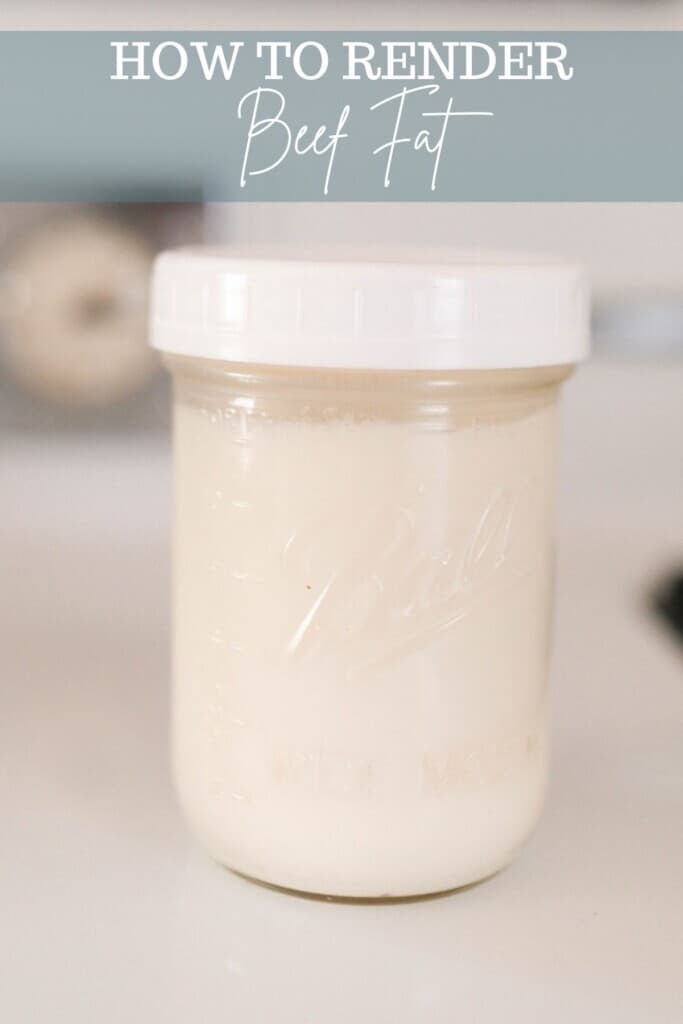
Tips:
- This is best cooked low and slow for a few hours. If your temperature is too high, you can expect it to burn.
- When you are cooking down the fat, there will be some meat that will not render out. Don’t expect the pot to be completely melted. The slower the fat is cooked, the whiter and more neutral-smelling it will be. You can cook it low for two hours, or even at a slightly lower temperature for 6-8 hours.
- It is best to use the whiter, more neutral tallow for baking and pastries, as there is less beef flavor to interrupt the flavor of your baked good. Less white tallow, that may have been rendered more quickly, works really well for most other cooking, as it offers a hearty beef flavor to complement your dish.
This post contains affiliate links, which means I make a small commission at no extra cost to you. See my full disclosure here.
Tools you may need:
Knife
Cutting board
Large pot
Benefits Of Rendered Beef Fat
Rendered beef fat, or tallow, is an amazing cooking oil. It has a higher smoke point than many vegetable oils, and it’s a sustainable way to use something that normally would just be tossed away. Also, it contains minerals and vitamins like A, D, E, and K.
What is rendering beef fat or tallow?
It is the process of liquifying, straining, and storing fats that can later be used for cooking. Rendered beef fat is the perfect cooking medium for sautéing.
At what temp does beef fat render?
Beef fat renders at 130-140°F (54-60°C). This is a process you want to take slow, so maintain this temperature while cooking for several hours.
How do you know if your fat is rendered?
It will be a nice yellowy white liquid. Once it is strained and allowed to cool, it will be creamy white.
How can you use rendered fat?
Use rendered fat for cooking, sautéing, frying, and even in pastries. You can also use it to make candles, soaps, body products, and to keep your cast iron in tip-top shape.
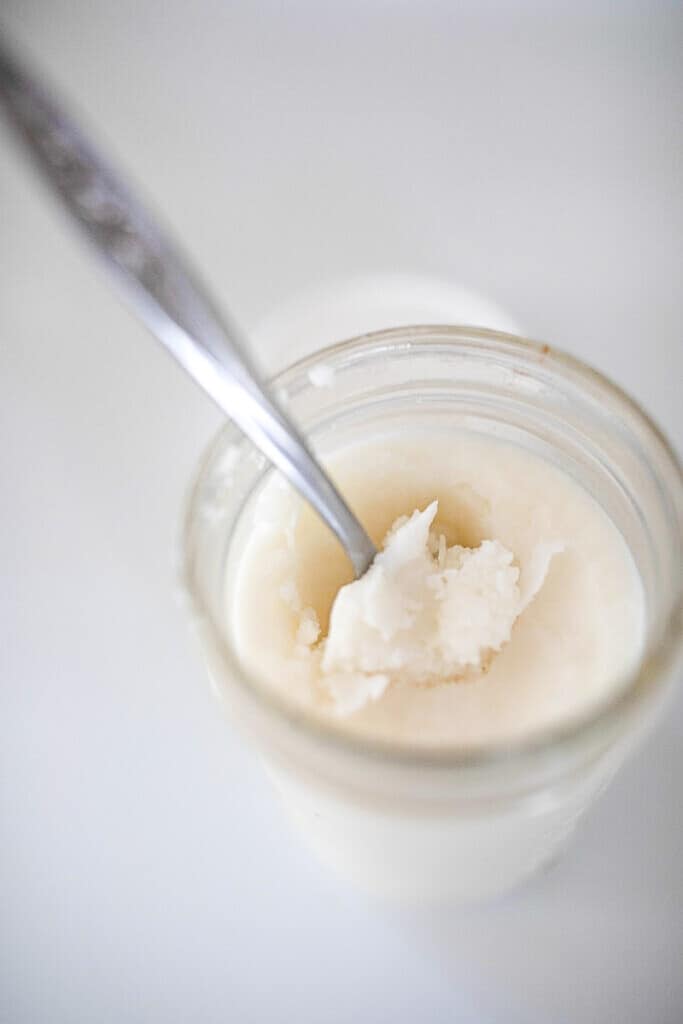
How To Render Beef Fat
Remove excess fat from your beef (or pork) using a knife and cutting board. Feel free to dive in there bare-handed and keep it simple.
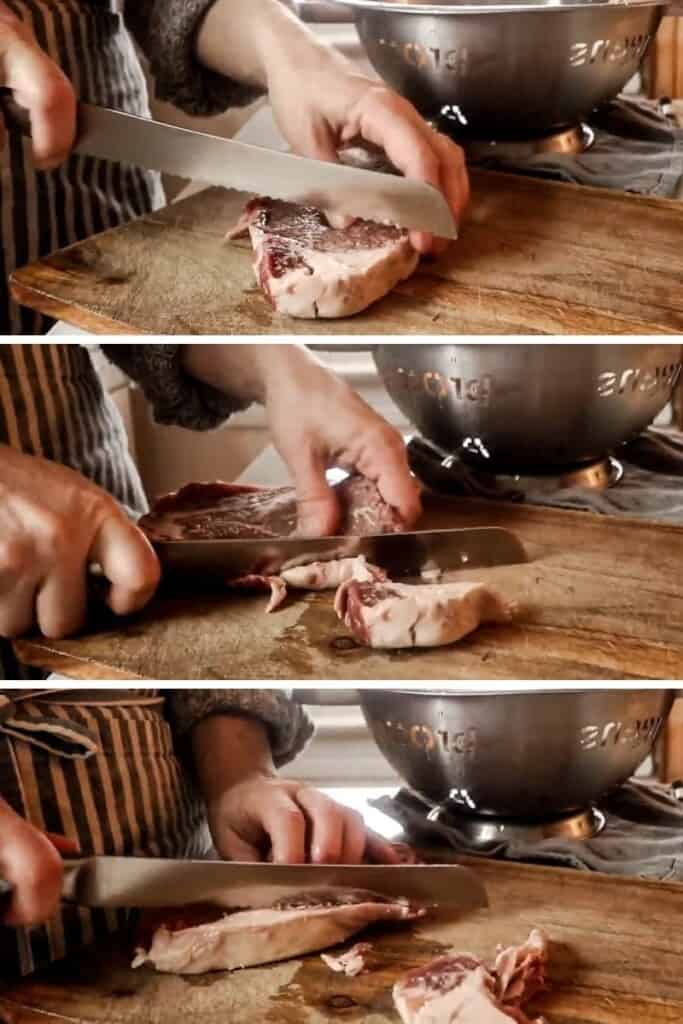
Cut fat into 1-2 inch portions.
Place into a large saucepan or pot and place over low heat for a few hours, stirring occasionally. You want the temperature to hold around 130-140 degrees. The fat should be a yellow color. If it is starting to turn brown, then the heat may be too high.
After the beef has rendered, while it is still hot, carefully pour the tallow through a fine mesh strainer into a container. Not everything will completely melt. There will be some pieces of meat and other bits that don’t render.
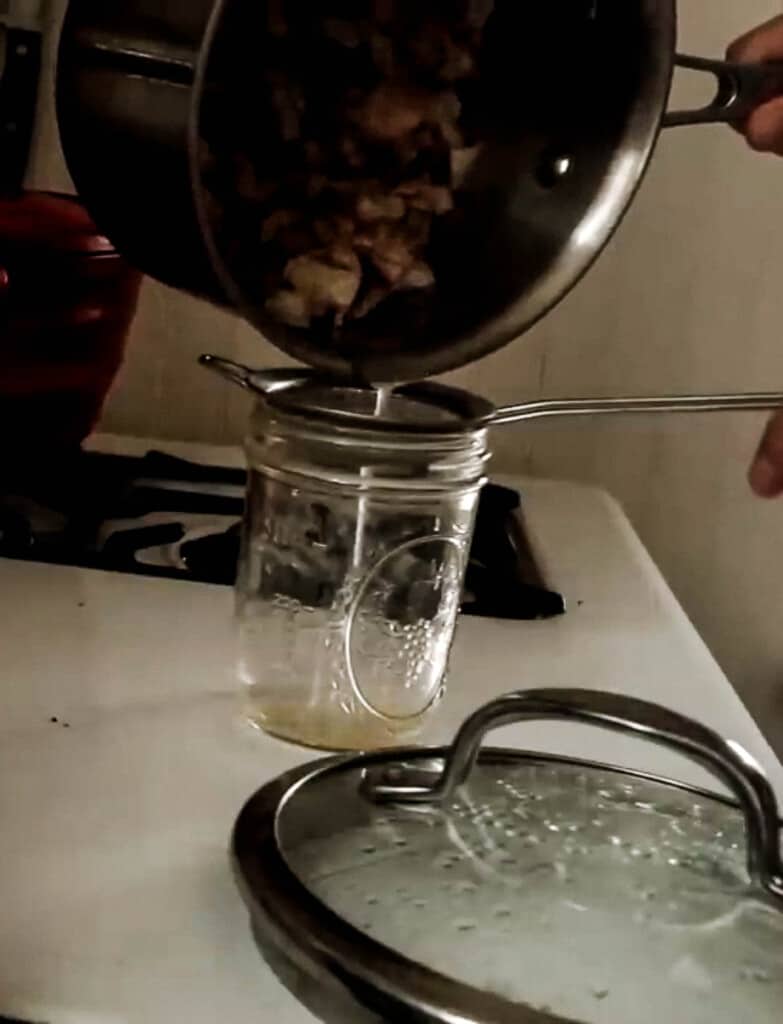
Allow to cool in the refrigerator.
Now your tallow is ready to cook with!
Store in the refrigerator in an air-tight container (I like mason jars for this) for 2-3 months.
Find More From-Scratch Recipes
- How To Make Sour Cream From Raw Milk
- Lacto Fermentation: Guide To Fermenting Vegetables
- Einkorn Biscuits
- Round Steak With Caramelized Onions And Mushrooms
- How To Make Raw Milk Yogurt In The Instant Pot
How To Render Beef Fat

Ingredients
- 2-5 pounds beef fat, pork fat will also work
Instructions
- Remove excess fat from your beef (or pork) using a knife and cutting board.
- Cut fat into 1-2 inch portions.
Place into a large saucepan or pot and place over low heat for a few hours, stirring occasionally. - After the beef has rendered, while it is still hot, carefully strain the tallow through a fine mesh strainer into a container.
Allow to cool in the refrigerator.
Now your tallow is ready to cook with!
Notes
- Store in the refrigerator in an air-tight container (I like mason jars for this) for 2-3 months.
- You want the cooking temperature to be around 130-140. Too hot and it will burn.
Nutrition
Nutrition information is automatically calculated, so should only be used as an approximation.
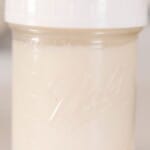
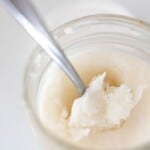
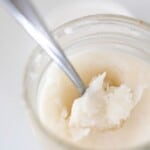
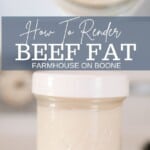
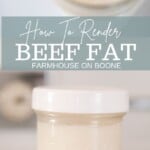
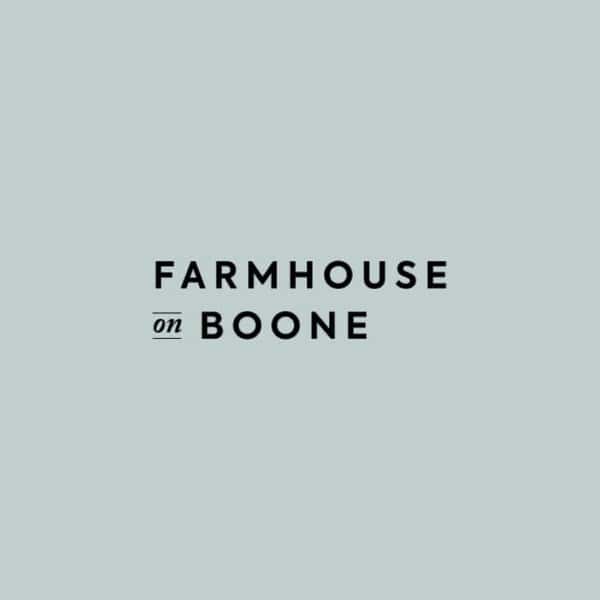









Can I render it in my slow cooker?
Should the pot be covered or uncovered during the slow cooking process?
I like to keep it covered, but you do need to watch out for the steam that is collected on the lid.
Once you have the final product. Can it be vacuum sealed and frozen?
I’ve not personally tried it, but you should be able to!
I will try it and let you know the results after about 1 month or so.
how did that work out?
Just got a ton of beef fat from our local grocery butcher department for free. Will be trying this tomorrow. Have you ever done this in a crockpot? Wondering if that would work
Yes, it should work in a crock pot.
Can you use the fat from ground beef for anything?
I don’t typically use the fat from ground beef.
Is the fat left-over from frying bacon ok/healthy to eat? It’s not slow cooked so is it still technically rendered? (It solidifies to look almost exactly like the rendered beef fat above, and the rendered tallow I have bought in the past at the store) Just wondering because it seems like a big waste to throw away all that fat after frying bacon. It’s a lot!
I have cooked with this fat for my entire life; first from cooking by my mom and grandmothers and then for myself.
Saving bacon fat is classic! I strain it through a coffee filter into a mason jar (the food particals are what will go bad, the fat on its own will last a while) and then I store in the fridge. I use it in place of oil/butter for several recipes (makes a darn good grilled cheese, and I love to use it when I make breakfast potatoes).
Can you add fat drained from ground beef in eith your cuts of fat?
I personally wouldn’t.
With grocery stores not having meat departments any more, this may be more difficult but I have wanted to do this for a long time as I am a soaper for myself and friends and family. You’ve made the process sound so easy, now all I need is the fat (maybe I
ll ask friends who own ranches, do a bit of bargaining) and get some going! Thank you, Lisa.
Yes it is! I find it online or from my sister who has a farm.
I really enjoy your site! I have 2 questions I hope you can answer.
1. Have you fermented beets? (If so, do you cool the beets first?)
2. Do I use distilled water or is city water ok?
I meant *cook* the beets
My Mom and I have both been enjoying your recipes. Just wanted you to know I have done this recipe with all fresh milled hard red wheat and liked the results. However with my white bread flour my results are always gummy
You can ferment beets, and i would use the same process as my carrot fermentation recipe here: https://www.farmhouseonboone.com/fermented-carrots-recipe
If the fat renders pure white as shown you are not actually buying/rendering grass fed beef fat. The fat will have a yellow cast to it if truly grass fed. Grain fed beef fat renders white. That’s just a fact, have been raising true grassfed beef cattle for over 20 years – and eating it. The fat is healthy and tasty(wild to some) and never white. And generally it is leaner what we harvest so not a lot of excess fat. Short ribs from the processor I think would be a good candidate for rendering. Also, asking the processor to save the fat trimmings that otherwise get tossed in this day of close trimming of roasts and steaks, etc… I really have enjoyed your recipes I’ve read, landed here some days ago looking for fermented cucumber recipes/advice.
I’m so glad you have enjoyed this recipe. Good to know about which cuts would work better with totally grass fed meats. That is not entirely true though regarding color. My meat comes from my sisters farm which is grass fed their entire life and is non-gmo grain finished (along with grass) the last few months. So I know they are coming from grass fed farm. Maybe if it was exclusively grass finished it would have more of a yellow tint.
I think grain finishing makes the difference. I buy 1/2 grass fed cow from my friend’s nephew every couple of years. He says the cows are grass fed, but the butcher told me they had to be grain finished due to the marbeling that doesn’t exist in grass fed, grass finished. Also, I get the massive amounts of leftover fat trimmings that Kate mentioned. I work many hours trying to cut out every little bit of meat to raw feed my dog. Then I render the fat that comes out clean white. I love the process and look forward to it each time. I like hearing that others do the same and love it like I do. There’s great satisfaction for me to open the refrigerator and be able to use an oil that didn’t come from some mystery product using a mystery process. I mean really, how do you get oil from cotton or peanuts, and what is a canola seed? I’ve never eaten cotton or it’s seed, canola flowers , or their seeds. ‘Not even going into how bad for us or it is to eat seed oils. I love using tallow derived from a known source.